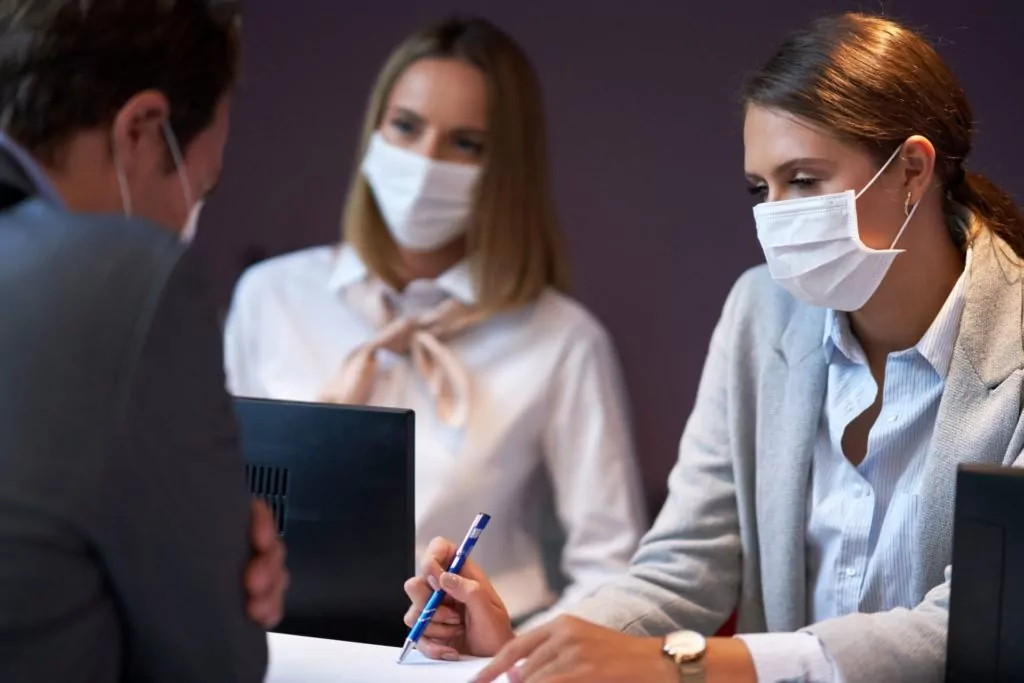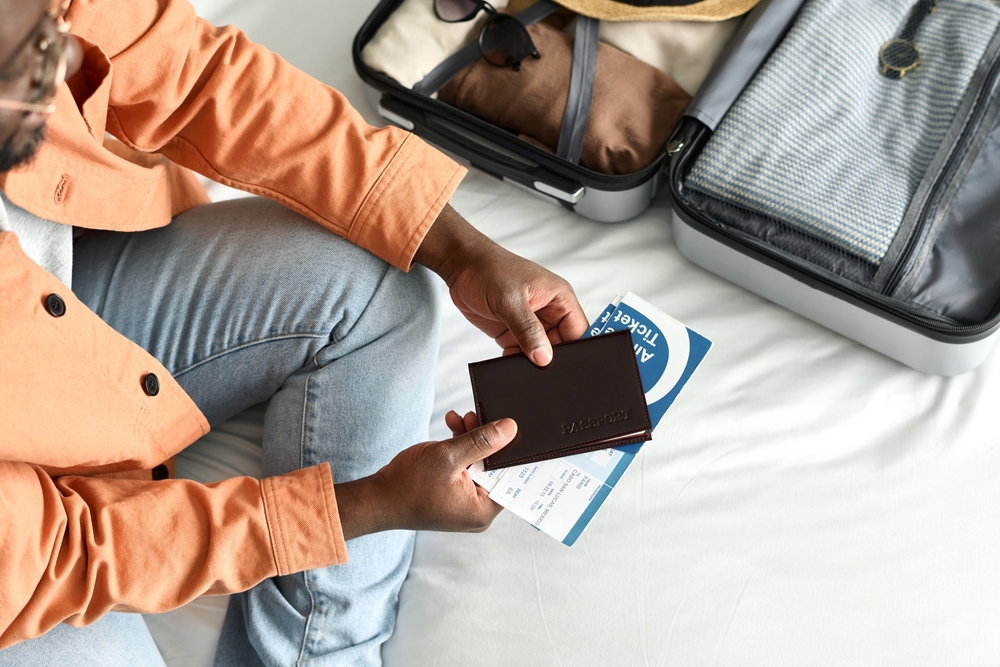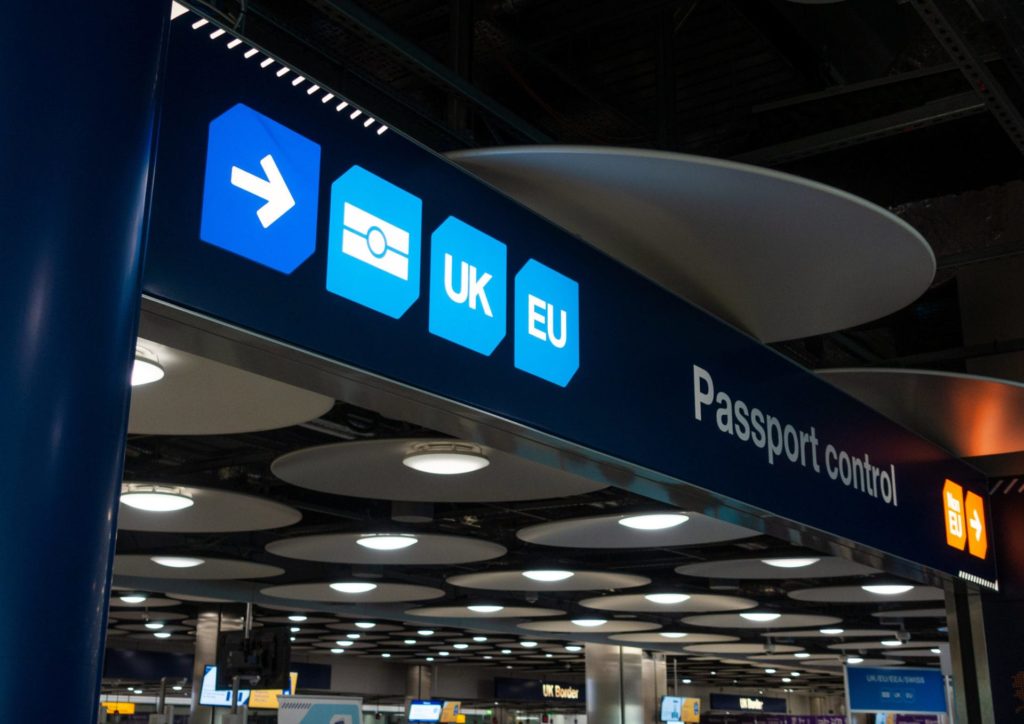
Vaccination Status: Can employees be treated differently?

By Mike Thomson
24 Jan 2022 | 4 minute read
It was reported that a number of employers, including flat-pack aficionados Ikea, were taking further steps to encourage their workforce to get vaccinated. They are reducing the rate of sick pay for unvaccinated staff to only statutory sick pay ("SSP") compared to those that are vaccinated who may receive some or all of their normal pay. Employers have faced substantial staff shortages as a result of employees having to self-isolate, plus associated costs.
This article discusses whether employers can pay staff different rates of pay dependant on their vaccination status, and points for employers and employees to consider if such a policy is being imposed.
The current rules
Currently, the default self-isolation period following a positive COVID test is 10 days. This may end after 5 full days provided the individual has a negative lateral flow test on day 5 and another negative test on day 6. These rules are in place regardless of vaccination status.
However, vaccination status has an important effect on the isolation rules if someone in the same household tests positive. A fully vaccinated person does not have to isolate. Comparatively, unvaccinated individuals must self-isolate if they live with someone that tests positive, regardless of whether they have had negative lateral flow and PCR tests.
Can employers impose different sick pay rules for vaccinated and unvaccinated employees?
In theory, employers can impose any requirement or practice that it wants to, providing it is reasonable and proportionate to protect its staff and its business. Regarding this particular issue, there are two important factors to consider in order to determine whether or not paying unvaccinated staff less sick pay is reasonable:
The current rate of sick pay and how it has been imposed
If staff have a clause in their contracts relating to sick pay that confirms they are entitled to receive sick pay that is above SSP (for example, 3 months at 100% pay, 3 months at 50% pay and SSP thereafter) then the employer will not be able to impose a lower rate of pay without consulting with staff and doing so could amount to a breach of contract. Similarly, if the contract doesn’t say what the rate of sick pay is, but the employer has paid more than SSP for a long time, then the arrangement could be incorporated into the contract through "custom and practice". Again, if this is the case it cannot be varied unilaterally.
Some employers increased their rates of sick pay due to the pandemic, including up to full pay for the period of self-isolation. As this rate of pay has been going on for almost two years, there is potentially an argument that it has now been incorporated into the contract through custom and practice. However, it is likely that both the employer and staff will have clearly been aware that this was only a temporary measure during the pandemic and expected it to be changed back at a suitable time. If this is the case, and subject to the employee's reason for not being vaccinated (see below), then reducing the rate of sick pay would be fairly low risk.
Employees' reasons for not taking the vaccine
Importantly, it is not a legal requirement to be vaccinated against COVID-19 except in the social care sector and soon in the wider NHS and the rest of the healthcare sector. Employers therefore cannot currently apply a carte blanche policy requiring staff to be vaccinated without risk. Whilst some employers have imposed "no jab, no job" policies, the majority have taken a softer approach to try to encourage staff to get vaccinated.
Whatever the approach, employers should speak to unvaccinated staff about their reasons for not being vaccinated and consider the risk on a case-by-case basis, as reducing an employee's rate of sick pay could amount to indirect discrimination. The most likely reasons that implementing the policy of paying lower sick pay to unvaccinated staff could amount to discrimination is on the grounds disability or religious belief (previously this could also include pregnancy/maternity, but the guidance is now that the vaccines are safe for pregnant women and have no bearing on the risk posed to childbearing).
It may be the case that an employee is simply hesitant to take the vaccine and there is no real reason for them not to take it, thus a decision can be made to reduce their rate of sick pay. However, if staff are citing genuine medical reasons (whether or not they may amount to a disability) or are citing any religious or philosophical belief as reasons for not being vaccinated, a careful approach should be adopted. This includes those that say that their anti-vax belief is a philosophical belief, as although the chances are that it isn’t, the courts have not reviewed this yet so there is some risk.
Will it work?
It is unlikely that reducing an employee's sick pay to SSP from whatever it has been during the pandemic will be the tipping point to convincing them to get the vaccine if they have not been convinced to date. It is far more likely that employers are seeing the financial burden of continuing to pay staff increased rates of sick pay, when in reality they likely only did so as a gesture of goodwill when the pandemic first started, and no one knew how long it would last.
Whatever the reasons behind implementing the change, an employer could in theory implement a rule where unvaccinated staff are paid a lower rate of sick pay during a period of self-isolation compared to their vaccinated colleagues. This is providing there are no contractual reasons preventing it and objections are considered individually to assess the risk of discrimination or any other potential claims.











